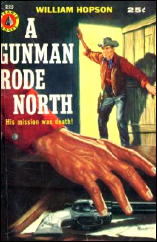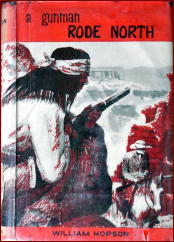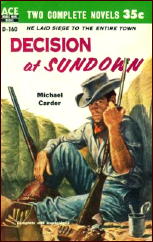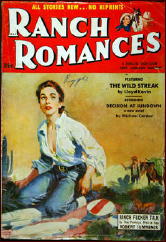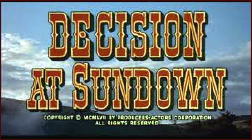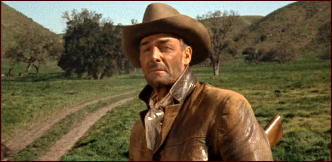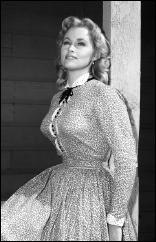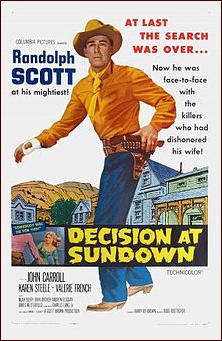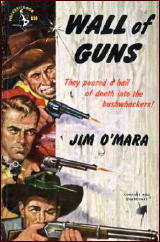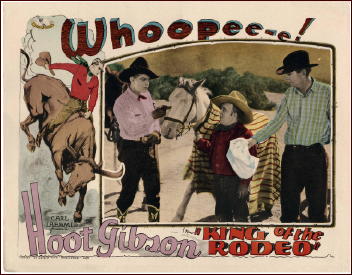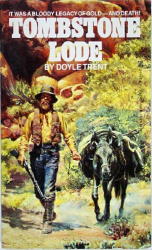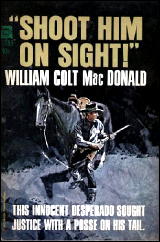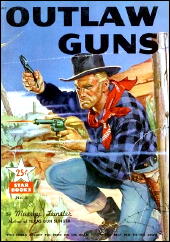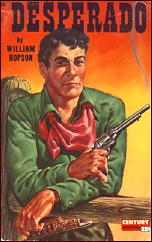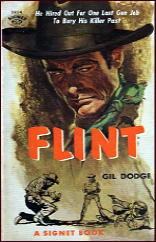Wed 4 Dec 2013
Archived Western Review: BRIAN WYNNE – The Night It Rained Bullets.
Posted by Steve under Reviews , Western Fiction[11] Comments
BRIAN WYNNE – The Night It Rained Bullets. Ace Double M-128, paperback original, 1965 (packaged back-to-back with Nemesis of Circle A, by Reese Sullivan).
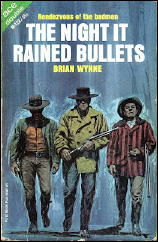
The author is, of course, better known as Brian Garfield. (Wynne is his middle name.) I didn’t do a lot of research on Mr. Garfield – what I’m about to pass on to you is only what Ace told his readers inside the front cover. In 1965 he was only 26, for example, and he was already the author of 10 other western novels for Ace, and of course who knows how many others from other publishers?
And many (if not most) of the others from Ace were, like this one, short but intense tales of Jeremy Six, long-time marshal of Spanish Flat, Arizona, confirmed by a quick excursion to Google, without which we can obviously no longer live as a successful civilization. Of the westerns that Garfield did for Ace, eight of them were about Jeremy Six.
Even more, when Garfield stopped writing them, they were evidently so popular that Ace hired a ringer to write a ninth one, called Gunslick Territory, in 1973. They even went so far as to use the Brian Wynne byline until Brian Garfield said nothing doing, and that was the end of that. (I am paraphrasing Mr. Garfield’s email to me in April 2006. The actual author of Gunslick Territory was Dudley Dean [Owen] McGaughey.)
Here, from page 18, is a long quote that will tell you something about Mr. Six:
Not only do Lime and his men come to town, but they kidnap Jeremy’s lady friend Clarissa, who is the owner of a saloon on the wrong side of town, during the worst blizzard Spanish Flat has ever seen. This is not all. There is more. A gambler and a notorious gunman is in town, as well as many other drifters and ne’er-do-well’s, along with the naive young (and hot-headed) owner of a local mine, who resists (and resents) being watched over by his sister, and a confrontation between some or all of these elements is pretty much a foregone conclusion.
This was written when television westerns like Gunsmoke had become more and more popular, and the B-western heroes had all but hung up their spurs. (Now, I don’t imagine anyone has ever used that metaphor before, have they?)
And there’s little that happens here that could not also have happened in Matt Dillon’s Dodge City. The scope is narrow, and yet, when all of the various small crises are over, it is not with any immediate sense of closure. The ending is off-beat and subdued, and if you expect the book to fade out with a clinch and a kiss, you’re reading the wrong author, I suspect, and almost definitely the wrong book.
And once you realize that, ah, yes, that’s when the impact finally hits. It’s like a delayed reaction, and a heftier punch is seldom packed. At only 130 pages, the book is short, but it’s as long as it needs to be, and if you’re like me, you’ll find many scenes still playing their way through your head several days later.
I don’t know the technical name for this effect. Maybe it’s just called heavy duty staying power.
July 2004 (slightly revised & updated).
